Guócuì , shì zhǐ wánquán fāyuán yú Zhōngguó 、 qǐyuán yú Zhōngguó , bìng shǔyú Zhōng guó wénhuà zhōng de jīnghuá 。Zài Zhōngguó , guócuì zhǐ zhōnghuá mínzú de chuántǒng wén huà zhōng zuì jù yǒu dàibiǎo xìng hé zuì fùyǒu dútè nèihán de shēn shòu xǔduō shídài de rénmen huānyíng de wénhuà yíchǎn 。
国粹,是指完全发源于中国、起源于中国,并属于中国文化中的精华。在中国,国粹指中华民族的传统文化中最具有代表性和最富有独特内涵的深受许多时代的人们欢迎的文化遗产。
The quintessence of Chinese culture, purely originating in China, refers to the most representative and uniquely connotative cultural heritages in Chinese culture, which have been well popular over ages.
Zhōngguó de guócuì yǒu hěn duō , qízhōng Zhōngguó jīngjù 、 Zhōng guóhuà 、 Zhōngguó yīxué , bèi chēng wéi “ Zhōngguó de sān dà guócuì ” 。Jīntiān wǒ men jiù lái kànkan Zhòngguó yǒu nǎ xiē guócuì 。
中国的国粹有很多,其中中国京剧、中国画、中国医学,被称为“中国的三大国粹”。今天我们就来看看中国有哪些国粹。
Beijing opera, traditional Chinese painting and traditional Chinese medicine, among the many, are named the “Three Most Typical Quintessence Forms” of China.Today, let’s have a look at what quintessence forms there are in China.
1.中医 Zhōng yī
Traditional Chinese medicine
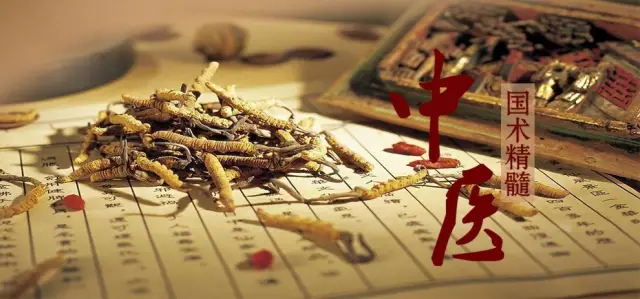
Zhōngyī zhǐ Zhōngguó chuántǒng yīxué , zhōng yī yào shì Zhōngguó gǔ dài wénhuà de zhòng yào zǔchéng bùfen , mànmàn kāishǐ bèi dà duō shù dāngdài Zhōngguó rénmín suǒ jiēshòu , tóngshí zài guójì shàng yě yǒu zhe yuè lái yuè zhòngdà de yíngxiǎng 。
中医指中国传统医学,中医药是中国古代文化的重要组成部分,慢慢开始被大多数当代中国人民所接受,同时在国际上也有着越来越重大的影响。
As an important part of ancient Chinese culture, the traditional Chinese medicine has been accepted by the majority of Chinese people nowadays and gained more and more influences internationally as well.
Zhōngyī de zuì gāo jìngjiè shì “ zhōnghé ” , “ zhōng hé ” shì shìjiè wànwù cúnzài de líxiǎng zhuàngtài 。
中医的最高境界是“中和”,“中和”是世界万物存在的理想状态。
Balancing is the optimal state of traditional Chinese medicine as well as the ideal state of the universe.
2.书法 Shū fǎ
Chinese calligraphy
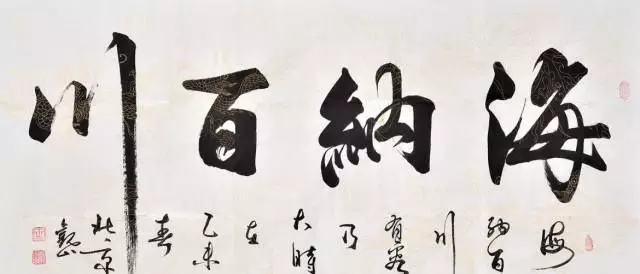
Shūfǎ shì hànzì de shūxiě yìshù 。Hànzì shūfǎ wéi Zhōngguó dúchuàng de biǎoxiàn yìshù , zài màncháng de lìshǐ zhōng , yì fāng miàn qǐ zhe sīxiǎng jiāoliú 、 wénhuà jìchéng děng zuò yòng , lìng yì fāngmiàn tā běnshēn yòu xíngchéng le yì zhǒng dútè de yìshù 。
书法是汉字的书写艺术。汉字书法为中国独创的表现艺术,在漫长的历史中,一方面起着思想交流、文化继承等作用,另一方面它本身又形成了一种独特的艺术。
Chinese calligraphy is about the beautiful writing of Chinese characters. It is the unique art invented by China. In the long Chinese history, it has been playing the role of idea exchanging and culture inheritance on one hand, and become an unique art itself on the other hand.
3.国画 Guó huà
Traditional Chinese painting
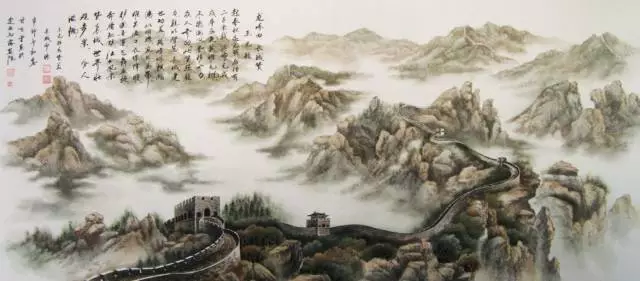
Zhōngguóhuà jiǎnchēng " guóhuà " , shì Zhōngguó chuàngzào de jùyǒu yōujiǔ lìshǐ yǔ mínzú tè sè de huìhuà 。
中国画简称"国画",是中国创造的具有悠久历史与民族特色的绘画。
Traditional Chinese painting is a painting form created by China and provide with a long history and national characteristics.
Zhōngguóhuà yǐ xiàntiáo wéi zhǔyào shǒuduàn , huìhuà tóng shūfǎ 、 zhuànkè xiānghù yíngxiǎng , xíngchéng le xiǎnzhù de yìshù tèzhēng 。
中国画以线条为主要手段,绘画同书法、篆刻相互影响,形成了显著的艺术特征。
A Chinese painting is basically achieved by line drawing. With mutual influences from calligraphy and seal cutting, it has developed into a striking art form.
Zhōngguóhuà jīběn shàng kéyǐ fēnwéi sān dà lèi : rénwù huà 、 shānshuǐ huà 、 huāniǎo huà 。
中国画基本上可以分为三大类:人物画、山水画、花鸟画。
Generally, Chinese painting can be divided into three categories, namely the figure paining, the landscape painting and the bird-and-flower painting.
4.京剧 Jīng jù
Beijing opera
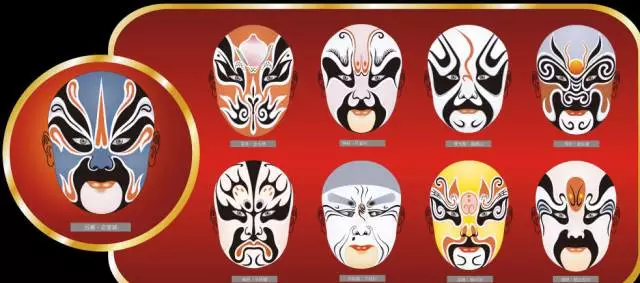
Jīngjù yě chēng “ píhuáng ” , shì jìndài Zhōngguó xìqǔ de dàibiǎo 。Tā xíngchéng yú Běijīng , shíjiān shì zài 1840 nián qiánhòu , shèngxíng yú èrshí shìjì sān、sì shí niándài , yǐ yǒu 200 nián lìshǐ 。
京剧也称“皮黄”,是近代中国戏曲的代表。它形成于北京,时间是在1840年前后,盛行于二十世纪三、四十年代,已有200年历史。
Beijing opera is the representative of modern Chinese operas. Forming in Beijing around 1840 and becoming popular in 1930s-1940s, it enjoys the long history of nearly 200 years.
Tā shì jùyǒu quánguó yíngxiǎng de dà jù zhǒng zhīyī , biáoyǎn chéngshú 、 qìshì hóng měi , shì jìndài Zhōngguó xìqǔ de dàibiǎo 。
它是具有全国影响的大剧种之一,表演成熟、气势宏美,是近代中国戏曲的代表。
It has been one of the most influential operas in China, with its mature and spectacular performance.
5.武术 Wǔ shù
Martial arts
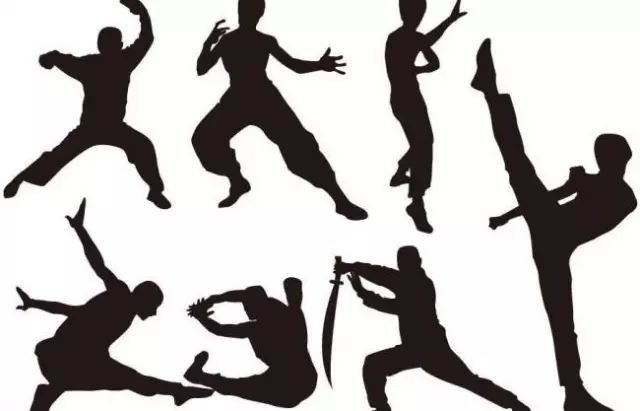
Wǔshù shì Zhōngguó guócuì zhī yī , jí dǎquán hé shǐyòng bīngqì de jìshù , shì Zhōngguó chuántǒng de tǐyù xiàngmù 。
武术是中国国粹之一,即打拳和使用兵器的技术,是中国传统的体育项目。
As one quintessence form of Chinese culture, martial arts are the arts about boxing and weapon use, as well as the traditional sports events in China.
Wǔshù jùyǒu jí qí guǎngfàn de qúnzhòng jīchǔ ﹐ shì Zhōngguó rénmín zài chángqī de shèhuì shíjiàn zhōng bú duàn jīlěi hé fēngfù qǐ lái de yí xiàng bǎoguì de wénhuà yíchǎn 。
武术具有极其广泛的群众基础﹐是中国人民在长期的社会实践中不断积累和丰富起来的一项宝贵的文化遗产。
Well popular among Chinese people, martial arts are precious cultural heritages that have been accumulated and enriched by Chinese people in their long social practice.



 闽公网安备 35020302035673号
闽公网安备 35020302035673号
0 responses on "The Quintessence of Chinese Culture"